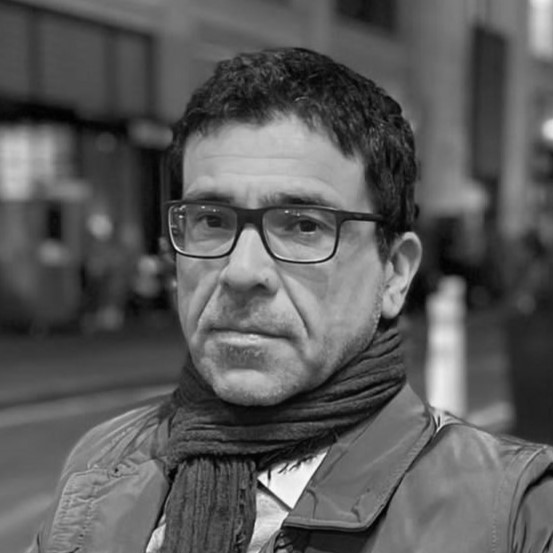Beer in wooden bottles, milk in cartons produced with residues of sugar cane, drinks in PET cans made from organic resources. The future of packaging – and in some cases the present – is 100% biobased.
This revolution led by the food industry is based on reducing the environmental footprint, developing ecofriendly products and increasing recycling.
It looks like the system is a win-win for all: the industry abandons the use of fossil fuels and reduces the volumes and weight of products on supermarket shelves, consumers are happy with the increased ecosustainability, governments obtain results in the reduction of greenhouse gases.
Northern European countries are the leaders in this new era of packaging made from renewable sources. Swedish Tetra Pak has recently introduced on the market Tetra Rex®, which comes entirely from renewable sources: a packaging produced exclusively with paper and polymers derived from vegetable sources, which was also honoured by the Italian Packaging Institute for its innovative composition. Just as with certified paper Forest Stewardship Council™ (FSC™), the polymers’ origin can be entirely traced and this has gained the packaging the highest biobased certification level by Vinçotte, an internationally renowned certification body. The vegetable-derived polymers used by Tetra Pak are produced by the Brazilian biochemical company Braskem, which obtains the raw material from sugar cane grown on degraded soil.
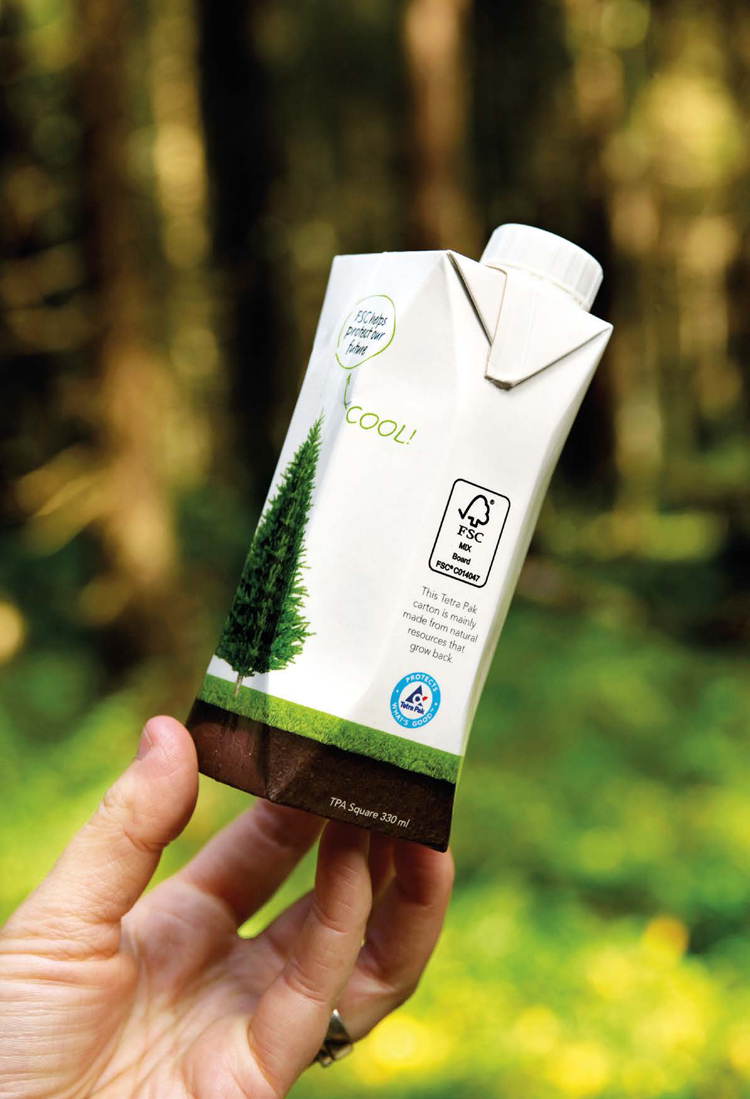 |
|
©Tetra Pak
|
Tetra Pak Rex® cartons are already used by big dairy companies such as the Finnish Valio and the Danish Arla to sell milk-based drinks. This is just the first step, since Valio decided to use 100% renewably-sourced Tetra Pack sealing systems for all its gable top packaging.
Tetra Pak is already negotiating with dairy companies in different parts of the world to launch this container. “We estimate – the Danish multinational states – that, considering the whole life cycle of the product, the choice of bio-polyethylene compared to fossil fuel derived polyethylene reduces our carbon footprint by 20-35%”.
The Dutch FrieslandCampina, one of the world’s five biggest dairy companies with an annual income of 11.3 billion euros, plans to introduce to the market a new biobased carton for drinks in the next year and a half. The cap and coating will be made with material derived from certified organic waste, which will add to an already renewable carton. This innovation – the company promises – will make the new drink packaging the most sustainable on the Dutch market, with a carbon footprint 20% lower than current packaging.
“In the last few years – says Berndt Kodden, CEO of FrieslandCampina – our drink cartons have gone through a sustainable evolution. We are now proud to reach a new target: a biobased milk carton through which we invest in the transition towards the use of renewable raw materials and the achievement of a circular economy”. The biobased packaging is provided by Norwegian company Elopak, property of Ferd Group, one of the biggest private Norwegian industrial groups. Its biobased cartons are ISCC PLUS certified (International Sustainability and Carbon Certification System), an international certification system for biomass and biofuels.
Moving from milk to beer, we remain in Scandinavia. Carlsberg has recently announced that the packaging line for its new beer will be made with sustainable wooden fiber. Thanks to a collaboration with EcoXpac – a company which develops and produces sustainable packaging systems – with the Danish Innovation Fund and with the Technical University of Denmark, the Danish company will bring to the market the first biodegradable bottle of its kind: the “Green fiber bottle”. Its main characteristic is that all of it, including the cap, can be recycled or will decompose naturally.
Beer fans however can rest assured: the new container will not alter taste and quality. On the contrary – Håkon Langen, senior Packaging Innovation Manager promises – beer will stay fresh longer than the traditional aluminium can permits.
As far as plastic is concerned, we are coming close to a bottle that is made entirely from renewable sources. Big American multinationals such as Coca-Cola and H. J. Heinz are working on it, and in 2012 they formed – together with Ford Motor, Nike and Procter & Gamble – a strategic working group (Plant PET Technology Collaborative) to speed up the development and use of 100% biobased PET in their products.
The traditional PET (polyethylene terephthalate) used to produce normal plastic bottles is today used in many other products: from clothing to shoes, to textiles for the automotive industry. That is why Nike and Ford are also interested in the development of a biobased PET.
The collaboration is based on the packaging technology PlantBottle developed by Coca-Cola, which is already partly produced from an organic source and has shown to have a minor environmental impact compared to traditional PET plastic bottles.
In 2013, those American companies were joined by European companies Unilever, Nestlé and Danone, to form the Bioplastic Feedstock Alliance together with WWF. The aim is to develop a bioplastic which is respectful of the use of soil, food security and biodiversity.
Together with Coca-Cola, Danone has started a partnership with Dutch biotech company Avantium to produce biobased plastic bottles from renewable material, which do not represent a threat to food resources.
Avantium, a spin-off of oil company Royal Dutch Shell, uses a chemical-catalytic technology called YXY to convert organic-based materials into chemical substances from renewable sources and in bioplastics like PEF, a 100% biobased polyester with better blocking, thermal and mechanical characteristics than packaging materials currently on the market.
Trials in a pilot plant have proved positive. The next step is to create the first plant on a commercial scale. This target is not far away, thanks to a €36 million funding received a year ago by a group of investors, including Danone and Coca-Cola.
For detailed information on “Green fiber bottle”: tinyurl.com/ocamhx9
Info
www.bioplasticfeedstockalliance.org
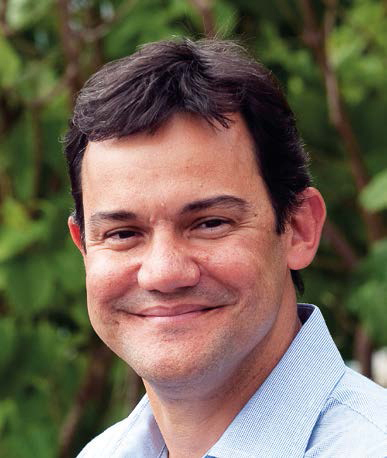 |
|
©Tetra Pak
|
Interview eith Mario Abreu, Vicepresident for the Environment, Tetra Pak
“These are the Results Achieved in only four Years”
When we talk about food packaging the first thing that comes to mind is Tetra Pak. The Swedish giant is the world leader in solutions for food treatment and packaging. In 2013 it sold over 178 billion containers in over 170 countries worldwide. In this interview Mario Abreu, Vicepresident for the Environment, talks about Tetra Pak’s commitment towards an ever more sustainable packaging, bioeconomy and circular economy.
What is the business of Tetra Pak within the bio-based packaging?
Tetra Rex® Bio-based is the world’s first fully renewable package for liquid food. Following its successful introduction with Finnish dairy Valio, Tetra Rex Bio-based is now being rolled out to Tetra Pak customers worldwide. This includes the likes of Arla, which has already launched its Eko brand of milk in Tetra Rex Bio-based cartons.
Tetra Rex Bio-based is manufactured using paper, itself a renewable material, which is coated with polyethylene layers made from low-density polyethylene (LDPE) sourced from sugar cane. The package also incorporates a high-density polyethylene (HDPE) cap made from sugar cane.
Like the Forest Stewardship Council™ (FSC™) certified paperboard, the plastics can be traced back to a renewable origin. This has resulted in the package receiving the highest category of bio-based certification from Vincotte, the internationally-recognised assessment body according to the OK Bio-based scheme.
What are your goals for the coming years?
We started our journey to bio-based plastics with the introduction of bio-based caps in 2011 and the bio-based laminate of our packs produced in Brazil. Then, last year we launched the Tetra Rex® Bio-based for chilled products. We will continuously look at ways to increase the use of bio-based plastics across our portfolio of products. We are also planning further launches of the new Tetra Rex Bio-based in other regions, based on demand.
Is there now a demand from consumers for new forms of more environmentally-sustainable packaging?
Our portfolio is largely based on renewable resources given paperboard makes up the biggest proportion of each of our packages. By introducing a fully renewable package, we took another step towards our commitment for renewable products, reducing the use of fossil-based materials.
We prioritised Europe as a region which has strong demand for both chilled packages and sustainable packaging. Customer interest in the new Tetra Rex has been very high, reflecting the growing demand from consumers for environmentally friendly packaging. By providing packaging made from bio-based plastic we can help our customers in meeting their needs and achieve their goal towards sustainable growth, while also providing consumers with products that have a strong environmental profile.
Consumers want to know that the package in their hands is truly sustainable. For the Tetra Rex Bio-based, the physical contents of the package can be traced back to their origin and consumers can see that each package is derived almost entirely from plants. The FSC certification also provides consumers with assurance that the paper fibres come from well-managed forests and other controlled wood sources.
Is it possible for the food & beverage industry to be sustainable and continue to be competitive?
By increasing the use of renewable materials in our products, we are ensuring the availability of materials in the future, thereby securing future supply of raw materials and reducing the total environmental footprint of our products. The use of bio-based plastic produced from sugar cane, instead of petroleum-based plastic, contributes to the reduction of greenhouse gas emissions.
Today’s market price for bio-based plastic is higher than fossil based plastic, due to higher raw material costs and limited availability from suppliers. However, over time we expect bio-based PE prices to come down to the same level. This will help us to deliver long term growth and sustainability, rather than short term profits. It is our goal to offer our customers packages using bio-based materials at the most competitive prices possible.
What is the bioeconomy in your opinion? And what is the circular economy?
The bioeconomy involves production using renewable resources to create food, materials and bio-based packaging and bio-energy. Renewable resources, such as oxygen, fresh water, solar energy, wood, and biomass are all naturally occurring and replenish themselves.
Responsible sourcing is crucial for the Circular Economy, and we are very active in this area. We have very clear certification systems for our paperboard through FSC Chain of Custody and we are currently looking at ways to expand the uptake of credible certification for bio-polymers. In the area of aluminium, we participate in the ASI (Aluminium Stewardship Initiative), alongside 14 other companies and a number of NGOs, to set credible standards for the production of aluminium.
Info
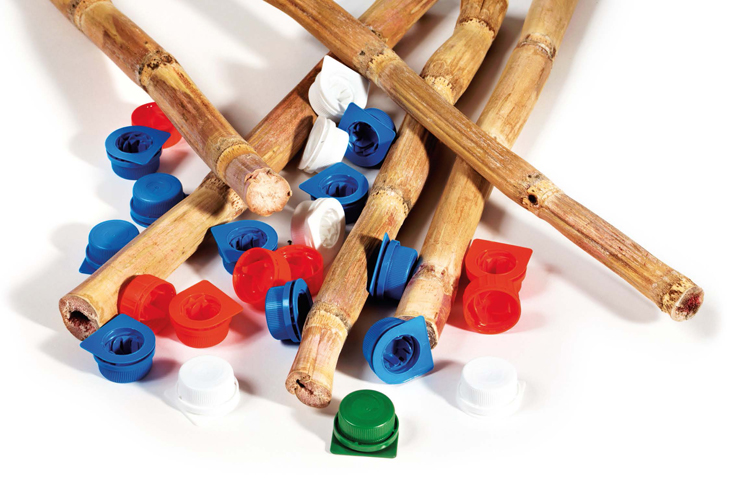 |
|
©Tetra Pak
|
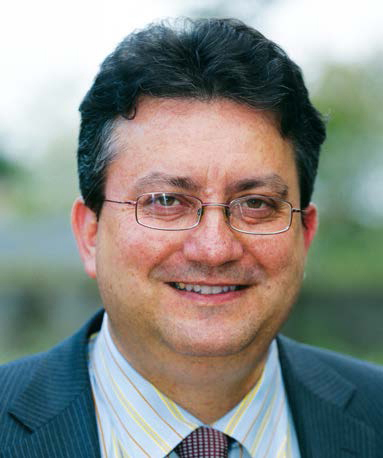 |
|
©Heinz
|
Interview with Massimo Zonca, Group Leader – Global Packaging Innovation and Execution, at H. J. Heinz
From Biobased Packaging to a Tomato-Based Ford
As far as the food industry is concerned, the commitment towards the bioeconomy and circular economy is not limited to the use of packaging that comes entirely from renewable sources, but is also related to the reduction of food waste and its use for new bioproducts. Heinz is a model in this respect: the American Ketchup multinational (650 million bottles sold every year) – which last march announced its merger with Kraft Foods to create a giant with a 28 billion dollars global revenue – is, on the one hand, working towards the use of completely biobased plastics, while on the other, together with Ford, is involved in developing engine protection parts through mixing plastic matter with residues of processed tomatoes. In this interview, we talk to Massimo Zonca, Group Leader – Global Packaging and Execution, of the company whose headquarters are based in Pittsburgh, Pennsylvania.
When will we be able to go to the supermarket and buy a ketchup bottle 100% made from renewable sources?
“At the moment, 30% of the material of Heinz ‘plant-bottle®’ comes from renewable materials (residues from sugar cane processing), with which the ethylene glycol is produced. The remaining part necessary to produce the 100% biobased PET is already available in theory, as its processes have been defined. However, at the moment the costs and complexities are such that it is not possible to launch it in the short term. Given the current economic context, it is likely that by 2020 the launch of a plant bottle completely produced from renewable sources will be sustainable from all points of view.”
Heinz is heavily investing to obtain an ever more biobased packaging. What are the main objectives that you have in mind?
“In addition to the important commitment on rigid plastic (ketchup bottle) we are evaluating areas of intervention for flexible material (flow pack for biscuits, snacks, pasta, flours, food powders) and for lids sealed on the jars and plastic bottles’ necks (sauces, meals, babyfood, fruit juices, drinks). Our trials have provided interesting results in relation to shelf life, taking into account that it is necessary to abandon traditional barrier materials (foil and other polymer barriers). In this case, the difference will be made not only by the biobased market (which needs to reach a critical mass so as to guarantee an economic return) but also by a change in consumers’ habits, by logistics and retailers, provided that it will be impossible to guarantee the same shelf life that barrier materials provide today.
In November 2013, you created the Bioplastic Feedstock Alliance together withNestlé, Danone, Unilever, P&G, Ford, The Coca-Cola Company, Nike e WWF. What unites industrial groups from such different sectors?
“What unites us all is the awareness that the use of oil to produce plastic materials has a significant impact on biodiversity, the climate and other natural systems. A more sustainable management of natural resources is therefore necessary (given that they are finite): finding alternatives to oil has become an imperative for both businesses and the environment.”
 |
|
©BBDO Guerrero, Proximity Philippines – Wwf, 2011
|
What are the common challenges? What are the objectives of this alliance?
“The main challenge is to increase the critical mass for the use of biobased materials, thus increasing the opportunities for producing plastics from renewable materials. The main objectives of the alliance are reducing the cost of biobased raw materials and speeding up the development and use of 100% biobased material, PET in particular.”
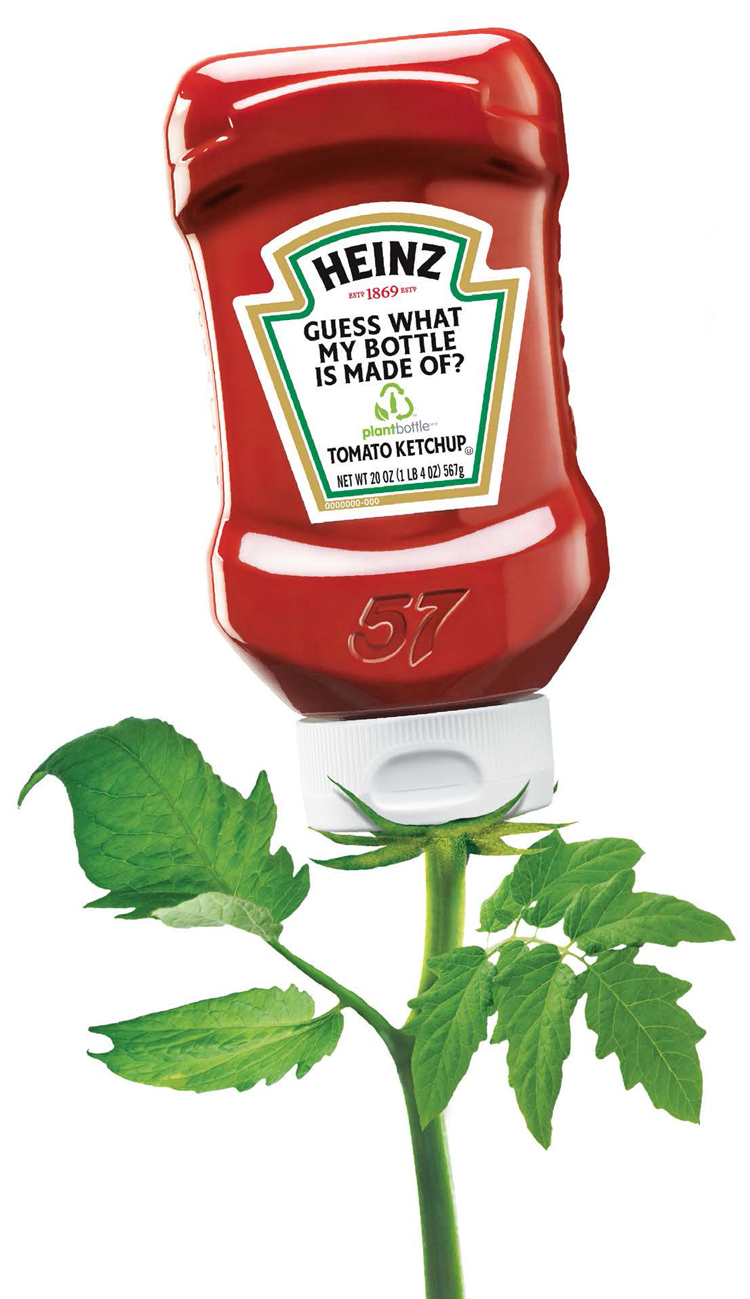 |
|
©Heinz
|
In the production process for your ketchup you use two million tons of tomatoes every year. What can be done today with the residues of this process?
“This idea came up inside the Pittsburgh R&D, where drying and processing systems had been used for some time – in particular for skin – to reduce residues’ volume and weight and reuse them in agriculture. As part of the collaboration on the plant-bottle, other ideas were generated to potentially reuse waste.”
At what stage is the common project with Ford to use part of this waste to create tomato-based plastics for the American producer’s new cars?
“The trials for the production of engine protection parts through mixing plastics with processed/dried residues have produced good results. Today Ford has a technology that allows a reduction in the use of plastic materials for these car parts, replacing them with vegetable fibers obtained from residues of tomato processing.”
Is it really possible for businesses to be sustainable and continue to be competitive on the market? Is there a demand from consumers for biobased products? And are they willing to pay more to have them?
“For businesses, the environment and sustainability are fundamental factors: attention to the environment and the definition of sustainable industrial processes are not only a matter of complying to regulations, rather they have become an imperative in many productive contexts. They are also a very interesting business, as they provide opportunities never explored before whose primary result is the safeguard of the environment and natural resources. About 15% of consumers and different retailers are already highly oriented towards biobased products, even though we can’t deny that not everybody is willing to pay more for this. It is however a growing trend and we need to take that into account.”
Do you use a specific labelling system for biobased products?
“Yes, the label indications specifying the biobased characteristics are critical and represent an important communication part so that consumers get the positive message. All this is part of a proper marketing strategy: from images to descriptions to graphics, there is a whole new world out there. And in a digital world like ours these comprehensive messages can be communicated through smartphones and social networks. This will certainly help in stimulating consumers’ interest in environmental-ecological and sustainability aspects.”
In a nutshell, how do you imagine packaging in ten years?
“Light, essential/sustainable, smart and... flexible. Yes, I believe that flexible packaging has better changes of growth compared to rigid packaging for reasons that have to do with services and transport convenience. Obviously, rigid plastic and glass will maintain their influence, but consumers will increasingly appreciate the essentiality of packaging. In terms of communication as well, flexible packaging will always offer better opportunities and I believe that marketing will use this possibility to its best.”


